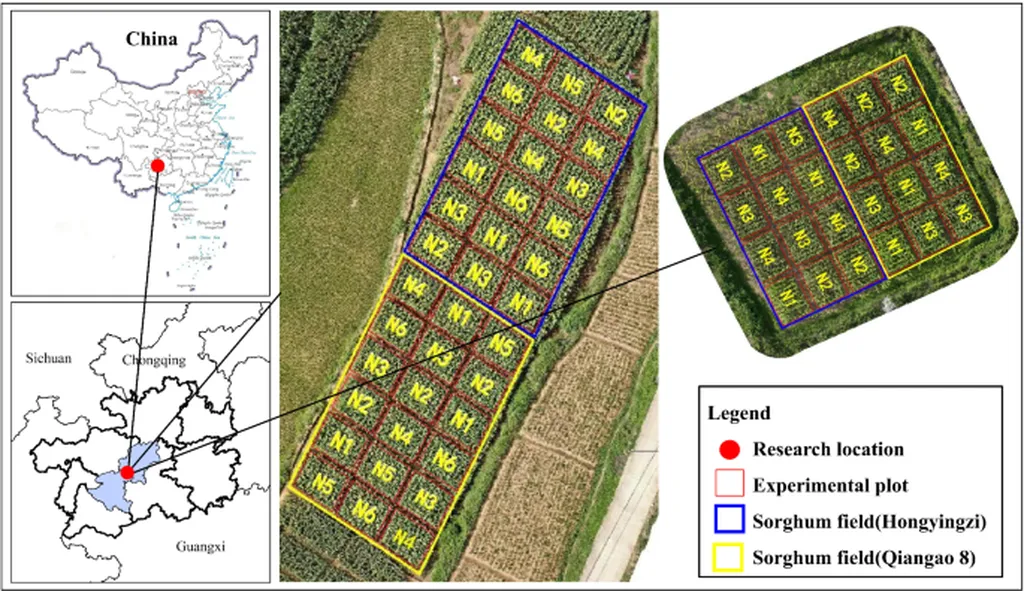In the heart of China, a team of researchers led by Jianqing Zhao from the Key Laboratory for Climate Risk and Urban-Rural Smart Governance at Jiangsu Second Normal University has developed a groundbreaking model that could revolutionize sorghum farming and, by extension, the energy sector. The model, named MOSSNet, is designed to accurately detect and count sorghum spikes in UAV (Unmanned Aerial Vehicle) images, a task that has long challenged agronomists and technologists alike.
Sorghum, a vital crop for food and biofuel production, has slender spikes that vary in size and orientation, making them difficult to count accurately. Traditional methods often fall short, leading to inaccuracies in yield prediction and growth monitoring. MOSSNet, however, leverages the power of deep learning to overcome these challenges. “Our model uses a Deformable Convolution Spatial Attention (DCSA) module to capture small sorghum spike features and Circular Smooth Labels (CSL) to represent morphological features effectively,” explains Zhao. This innovative approach allows MOSSNet to achieve an impressive mean Average Precision (mAP) of 90.3%, outperforming other directional detection algorithms.
The implications of this research are significant, particularly for the energy sector. Sorghum is a key crop for biofuel production, and accurate yield prediction is crucial for planning and investment. “MOSSNet’s ability to handle complex scenes with dense distribution, strong occlusion, and complicated background information highlights its robustness and generalizability,” says Zhao. This means that farmers and energy companies can rely on MOSSNet to provide accurate data, enabling better decision-making and resource allocation.
Moreover, MOSSNet’s efficiency in counting sorghum spikes is unparalleled. With Root Mean Square Error (RMSE) and Mean Absolute Error (MAE) values of 9.3 and 8.1, respectively, the model demonstrates high accuracy and reliability. This precision is vital for ensuring food security and optimizing biofuel production.
Looking ahead, the team plans to further explore MOSSNet’s detection capabilities at different stages of sorghum growth. This involves implementing object model improvements tailored to each stage and developing a real-time workflow for accurate sorghum spike detection and counting. “Our goal is to make MOSSNet an indispensable tool for sorghum farming and biofuel production,” Zhao concludes.
Published in the esteemed journal ‘Frontiers in Plant Science’ (translated to English as ‘植物科学前沿’), this research marks a significant step forward in the field of agritech. As the world grapples with the challenges of climate change and food security, innovations like MOSSNet offer a beacon of hope. By harnessing the power of artificial intelligence, we can unlock new possibilities for sustainable agriculture and renewable energy, shaping a brighter future for all.

